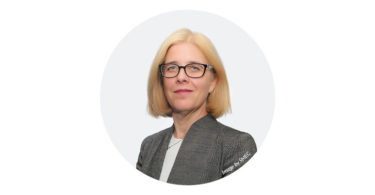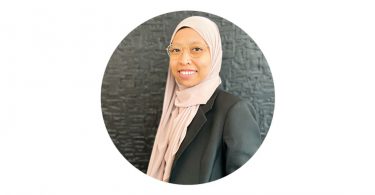Ar Azim A. Aziz (AAA) and Ar Zulqaisar Dato’ Hamidin (ZH) are the principal partners and co-founders of award-winning architecture firm ATSA Architects. Both have vast experiences in managing and designing projects that comprised a wide variety of building types and scales.
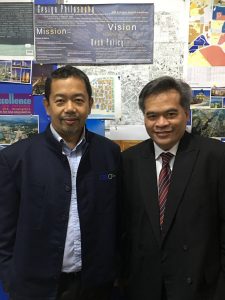 After graduating with a Bachelor of Architecture degree from the Louisiana State University, USA in 1987, Aziz worked with Jurubena Bertiga International for five years. He specialised in project management and managed many of the projects designed by the principals. After gaining experience, Aziz set up ATSA Architects Sdn Bhd with Zulqaisar Hamidin and Yee Teck Choon. He designed numerous building types of different scales, including sustainable designs for commercial and residential projects, as well as for the arts and entertainment communities. In 2011, he presented his paper “Zeitgeist – The spirit of our time” to the Worldbex Architectural and Construction Seminar in Manila. He has also recently published ATSA 2008–2011 Monograph.
After graduating with a Bachelor of Architecture degree from the Louisiana State University, USA in 1987, Aziz worked with Jurubena Bertiga International for five years. He specialised in project management and managed many of the projects designed by the principals. After gaining experience, Aziz set up ATSA Architects Sdn Bhd with Zulqaisar Hamidin and Yee Teck Choon. He designed numerous building types of different scales, including sustainable designs for commercial and residential projects, as well as for the arts and entertainment communities. In 2011, he presented his paper “Zeitgeist – The spirit of our time” to the Worldbex Architectural and Construction Seminar in Manila. He has also recently published ATSA 2008–2011 Monograph.
Hamidin is a designer who graduated from Washington State University in 1988. He worked with two reputable architectural companies in Malaysia—Jurubena Bertiga International Sdn Bhd and BEP Architects—before joining ATSA Architects as a principal partner and co-founder in 1992. He is mainly responsible for the firm’s design work and has extensive experience in numerous project segments, including commercial, residential, education, healthcare, hospitality, public space, master planning and interior design.
Since its establishment in 1992, ATSA Architects has provided a variety of design services throughout all states of Malaysia and participated in international projects in Maldives, India, Papua New Guinea, Brunei, etc. Over the past 20 years, ATSA has grown not only in capacity, but also improved the quality of services provided. Besides its headquarters in Kuala Lumpur, ATSA has established branch offices in Penang, Kuching, Kota Kinabalu and Johor Bahru. The company is also currently associated with OWMP International in Brunei Darussalam.
Construction+ caught up with these two key personnel of ATSA Architects to share their experiences on how to strike a balance between design and management of clients’ expectations, as well as insights into the future of architecture practice.
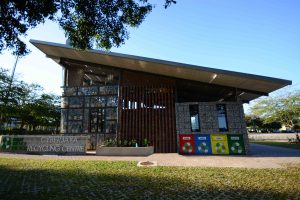
Tell us about your guiding approach to design and managing clients’ expectations as directors in ATSA Architects.
AAA: To approach a client and manage their expectations is to really understand their needs. This can be done by listening and at the same time producing a solution or solutions that will meet their expectations. Not all clients are the same, which requires us to explore various alternatives until one is found.
ZH: We always try to firm up the clients’ briefs as much as possible and guide them, if they are not too sure of their briefs. We will also try to find out our clients’ preferences, in terms of whether the architectural language suits our taste.
Could you give an example of a successful project you have led from inception to completion?
AAA: One of the projects that I have led from inception to completion would be the Cyberjaya Mosque—Masjid Raja Haji Fi Sabilillah, although it was a tough project to realise. The original version was to build it into the first Green Platinum mosque in Malaysia using the GBI rating tools, and probably the first in the world to achieve this status. Several innovative ideas were used to achieve the desired result.
ZH: One of them is the CIMB Headquarters at Jalan Raja Laut. I believe that we produced one of the best looking high-rises in Kuala Lumpur, whilst fulfilling the client’s brief and budget.
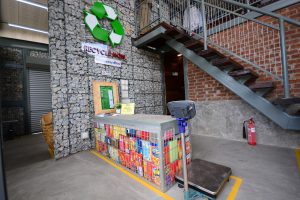
What do you think is a major strength of your design studio and how have you personally contributed towards its success?
AAA: ATSA Architects is a design-oriented architectural firm and we put design innovation as our top priority. My partner Hamidin and I are usually personally involved in the initial concept or design stage of a particular project. We also have to work closely with our designers and design team to express our ideas in images so that they can visualise. The ideas are then translated into a built form.
ZH: For the past 24 years in business, I believe we managed to produce varieties of architecture language and not stick to only one or two particular styles. We always allow our design architects to explore new design ideas, whilst guiding them to make those designs workable.
Could you give an example of a creative and practical design concept that you have conceived and delivered?
AAA: The Cyberjaya Mosque, its multipurpose hall and staff quarters must be one of our best efforts in being creative, while producing a practical solution that catered to the needs of the community.
ZH: The extension to the Islamic Museum, which is actually a new independent building that is physically detached from the original Islamic Museum. The client requested for Islamic architecture. However, we managed to produce a hybrid of Islamic, modern, creative and practical architectural design.
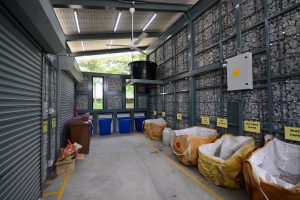
Could you highlight an instance where a climate-responsive design was implemented and how sustainable design principles were incorporated for a project in Malaysia?
AAA: The best example that I can refer to is a house that we designed at Interior view of the Cyberjaya Recycling Centre from the floor above Hartamas Heights. It was designed to suit Malaysia’s tropical climate, which is usually hot and humid with a lot of rain, since Malaysia is close to the equator. Daylight penetration and photovoltaic solar panels were incorporated into the design, and it was then subscribed to feed-in tariff (FIT). The tropical contemporary design allowed for daylight and natural ventilation within the house. Environmental sustainable design features were used to address the heat gain and cooling effects, while inverter air-conditioning and LED lighting were also used to reduce electrical consumption. Lush landscape was incorporated into the design to reflect how the tropical design of the house addressed our natural habitat. The rooftop garden was also added to allow for additional recreational space and a sitting area to enjoy the Kuala Lumpur skyline.
ZH: We designed two different bungalows in Hartamas Heights, which were both adopted from the principles of sustainable design. One of them is located at the northern part of Hartamas Heights. We managed to incorporate almost everything according to plan, except for the photovoltaic solar panels due to the budget. It allowed natural lighting into the interiors, whilst shading it from direct sunlight. It adopted a large simple single pitch roof for maximum rainwater harvesting. It provided multiple openings for views and cross ventilation. It has large roof overhangs and foldable screens on the façade openings to avoid heavy rain and direct sunlight.
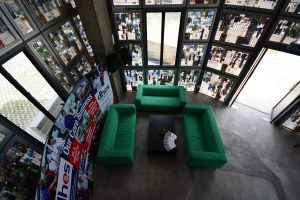
What do you think are the major challenges faced in managing the studio and by the building industry in Malaysia in general?
AAA: The main challenge that we or future Malaysian–born architects will face is that many of the Malaysian clients prefer appointing foreign rather than Malaysian architects. This may be due to an incorrect perception that foreign designers or architects have better designs or create a saleable brand. Many of our iconic buildings are given to foreign architects for boasting, and many local architects are not happy for not having the chance or opportunity to participate.
ZH: Training talented architects whilst trying to retain them and advising them not to give up, especially when they became frustrated after working for a few years, etc. Another challenge is to change the clients’ public and private mindset that foreign architects may not be the only option and to provide equal or better opportunities to local architects as well.
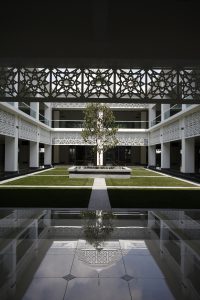
What are the main objectives that you try to meet in every design?
AAA: Delivering a building that exceeds the expectations of the clients. However, the objective also depends on the dynamics of the team involved in a particular project.
ZH: Ensuring that the space planning or floor plan design work. A building structure is not good enough if the floor plans do not work, even if the elevational treatment is great.
What principles are fundamental to your work ethic and culture?
AAA: In design, we always have to be true to its principles, and what needs to be projected in our work culture in order to establish a culture of pursuing good work and constantly meeting expectations. In our profession, we are constantly learning and producing creative ideas.
ZH: Keep producing workable, practical and beautiful designs. Always try to improve and be better than before, while learning from previous experiences.
What are some of the major accolades you have won and how have they motivated you?
AAA: Over the last 25 years, we have won several awards and it is very motivating to be recognised for your design approach. Designing these days is mostly about generating and expressing our ideas. Producing good designs, whether winning awards or not, motivates me the most.
ZH: We have won quite a number of awards since 1992. It does not matter if the awards are prestigious or not. Any recognition and appreciation by fellow industry players will always motivate us.
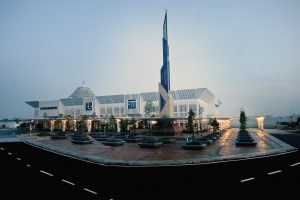
What are your upcoming plans for 2016–2017?
AAA: Simply being able to produce more good and creative designs, as well as to express our architectural ideas in an authentic and distinctive way.
ZH: To be able to secure real jobs in this present economic climate rather than just proposals.

 Hong Kong
Hong Kong Singapore
Singapore Indonesia
Indonesia Tiếng Việt
Tiếng Việt ประเทศไทย
ประเทศไทย





